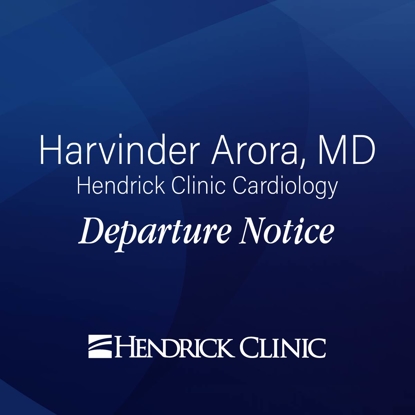Hendrick Health offers new treatments for peripheral artery disease (PAD)
- Category: News, Heart & Vascular, Hendrick Clinic
- Posted On:

For older Americans, aches and pains in the legs may be brushed off as a sign of physical activity but could be symptoms of the more serious condition peripheral artery disease (PAD).
September is designated as PAD Awareness Month to encourage people to note symptoms and take action to avoid complications in the future. Approximately 10 million Americans have PAD, according to the National Heart, Lung and Blood Institute.
PAD develops when plaque, made up of cholesterol and fatty deposits, builds up in the artery walls of the extremities, adversely impacting blood flow. A common form of the disease is lower extremity PAD, affecting the legs and feet. About one in four people with this form of PAD experience muscle pain or weakness due to physician activity.
But, some people with PAD do not experience symptoms of note, especially in the early stages. In the advanced stages, symptoms can include pain and cramping while muscles are at rest, cool or discolored skin, wounds that don’t heal and sudden loss of blood supply, potentially leading to amputation or death.
A healthcare provider can perform simple tests to detect PAD, such as checking the pulse in the legs and feet and the blood pressure in the ankles. Risk factors for PAD include being over the age of 60, smoking, obesity, high cholesterol, high blood pressure, diabetes, a family history of vascular disease, heart attack or stroke and being African-American.
Early detection can help stop the progression of more serious heart and limb problems. The cardiovascular team at Hendrick Health offers several treatment options, including minimally invasive surgical interventions for critical limb ischemia and PAD rehabilitation therapy to increase mobility.
To learn more about PAD, visit our website.



